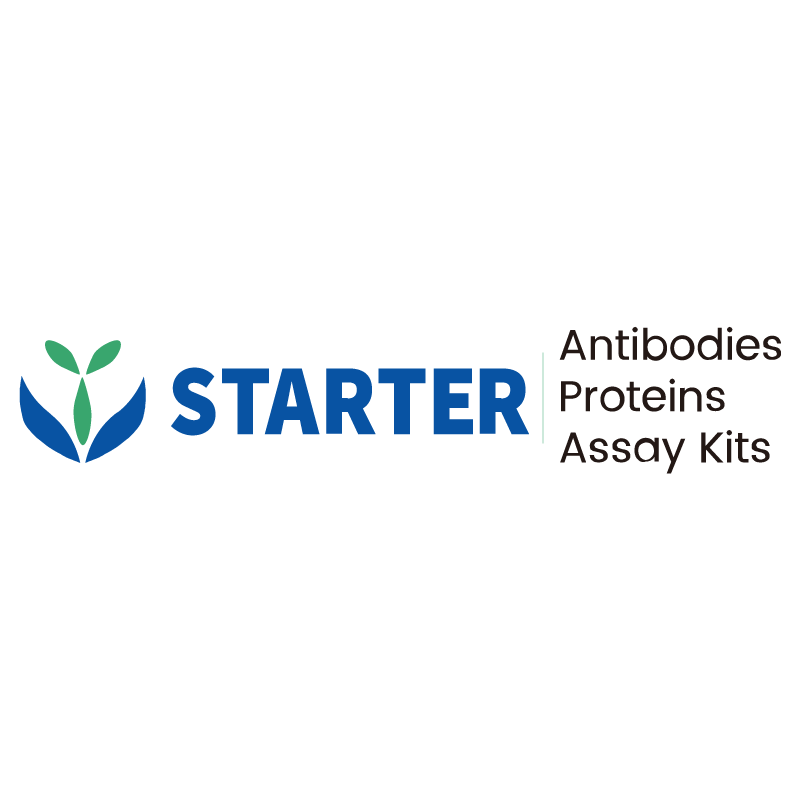Flow cytometric analysis of CD69 expression on unstimulated and stimulated Mouse splenic leukocytes. C57BL/6 Mouse splenocytes were either not stimulated (Left panel) or stimulated 3 days (Right panel) with 500 ng/ml and then stained with Brilliant Violet 421™ Rat Anti-Mouse CD19 and SDT PE-Cy7 Rat Anti-Mouse CD86 Antibody at 1.25 μg/test. Flow cytometry and data analysis were performed using BD FACSymphony™ A1 and FlowJo™ software.
Product Details
Product Details
Product Specification
| Host | Rat |
| Antigen | CD86 |
| Synonyms | T-lymphocyte activation antigen CD86; Activation B7-2 antigen; B70; BU63; CTLA-4 counter-receptor B7.2; FUN-1; CD28LG2 |
| Location | Cell membrane |
| Accession | P42081 |
| Clone Number | S-R434 |
| Antibody Type | Rat mAb |
| Isotype | IgG2a,k |
| Application | FCM |
| Reactivity | Ms |
| Purification | Protein G |
| Concentration | 0.2 mg/ml |
| Conjugation | PE-Cy7 |
| Physical Appearance | Liquid |
| Storage Buffer | PBS, 1% BSA, 0.3% Proclin 300 |
| Stability & Storage | 12 months from date of receipt / reconstitution, 2 to 8 °C as supplied. |
Dilution
| application | dilution | species |
| FCM | 1.25μl per million cells in 100μl volume | Ms |
Background
CD86, also known as B7-2, is a co-stimulatory molecule expressed on the surface of antigen-presenting cells (APCs) such as dendritic cells, macrophages, and B cells. It plays a crucial role in the immune response by interacting with CD28 on T cells to provide a necessary co-stimulatory signal for T cell activation, proliferation, and differentiation. Additionally, CD86 can also bind to CTLA-4, an inhibitory receptor on T cells, thereby regulating immune responses and maintaining immune homeostasis. This dual functionality makes CD86 a key target in immunotherapy research, particularly in the development of cancer treatments and autoimmune disease management strategies.
Picture
Picture
FC


